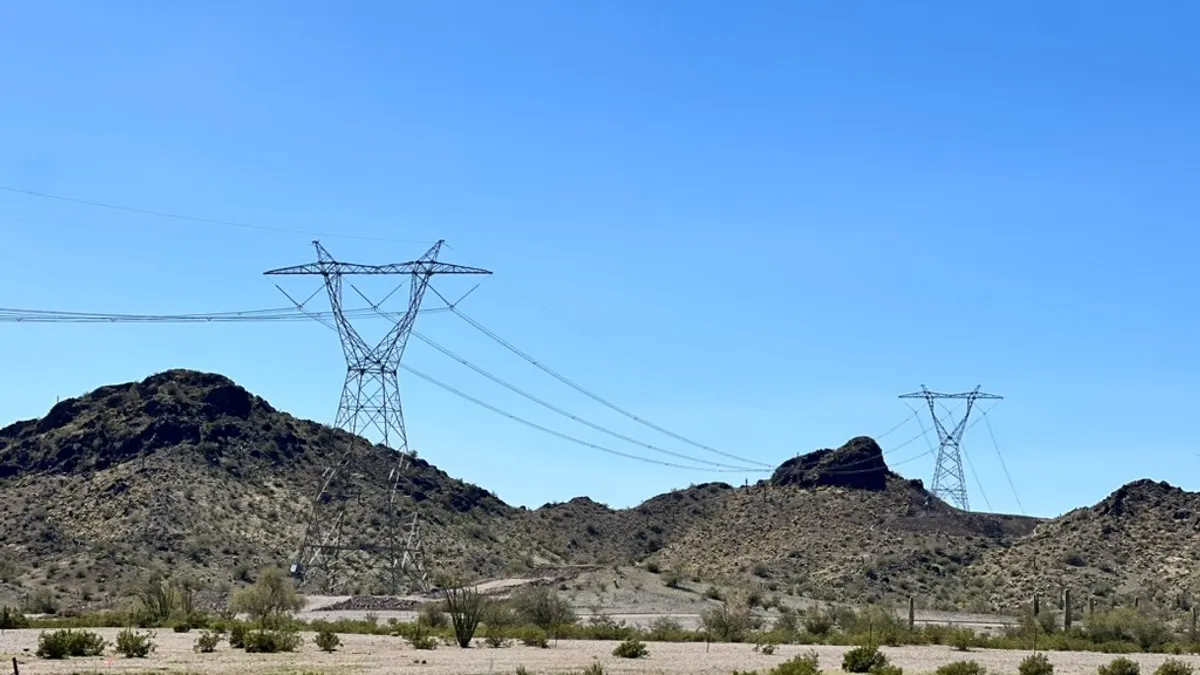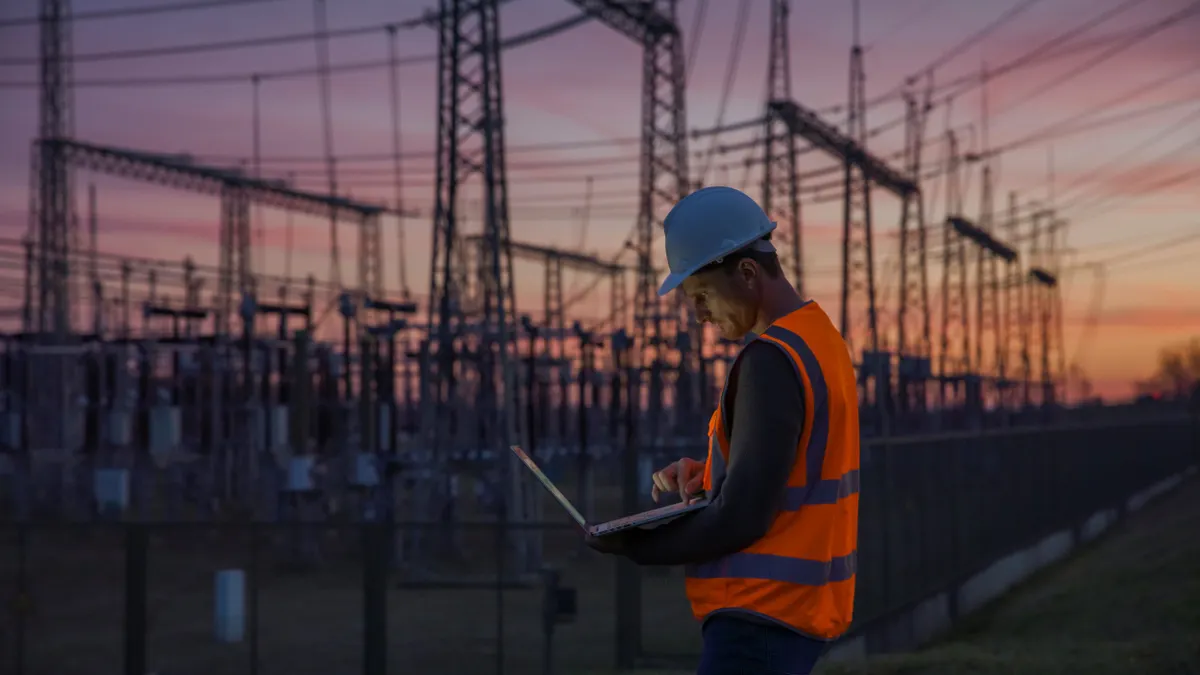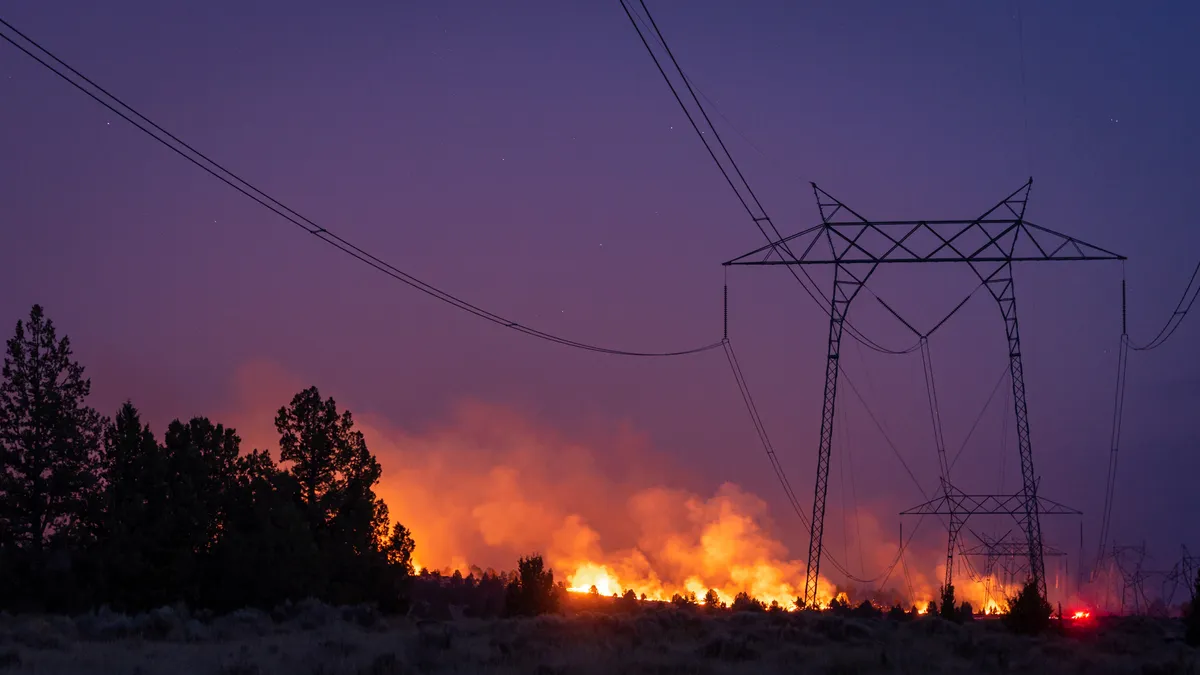Consumers are embracing plug-in electric vehicles, and according to the U.S. Department of Energy the early market is continuing to grow. Plug-in electric vehicles (PEVs) reached 100,000 cumulative sales in May 2013, the government said, and were on track to pass 200,000 by spring. One estimate has a quarter million PEVs on U.S. roads already.
That growth means power demand, and utilities do see the evolving transportation sector as a way to boost stagnating power sales. But increasingly, the vehicles are being considered for their role in helping to keep distribution grids running smoothly—smart chargers, for example, that respond to signals from the utility, drawing less power when demand is high.
And with advances in battery technology and the falling cost of larger storage options and chargers, electric vehicles could potentially operate as distributed resources capable of feeding power back into the grid (V2G). That ability to assist in frequency regulation can help integrate renewables into the mix, and PEVs could bid into ancillary markets, opening up new revenue streams and bringing down the cost to integrate the new technology.
"Effective grid integration will enable PEVs to be managed as dispatchable loads by utilities, and allow consumers to charge based upon the best available utility rates," DOE said in a report on the United States' efforts to improve the technology. In 2012, President Barack Obama set a goal for the United States to produce a plug-in vehicle as affordable as a traditional gasoline-powered vehicle—and research shows price point relative to traditional gasoline-powered transportation is still key to a consumer's decision.
Ancillary services key to V2G value
Providing services back into the power grid is one way to make those vehicles more affordable. Researchers at the University of Delaware have shown a fleet of school buses providing ancillary regulation services could help children breath cleaner air and provide millions in benefits to boot. But without the ability to feed power back into the grid and provide ancillary services, the buses may not economical—leaving revenues, cleaner power and health benefits all on the table.
Lance Noel, lead author of the study on integrating electric busses, says that while the V2G space is still young, the potential is fantastic.
In the PJM territory, for instance, Noel said there are more than 50 million cars on the road. If you can imagine a world where all of those cars are V2G-enabled and are connected to the grid—and this is theoretical, he stressed—then you would have an enormous resource potentially capable of briefly powering the grid the event of a widespread outage.
"It's a stretch to imagine all 52 million vehicles in the PJM territory becoming electric vehicles overnight," Noel said. But, "absolutely, it could provide an instant demand response during a blackout."
So far, however, PEVs on the road are far more modest in number. Noel said there are technical issues and market development necessary to facilitate widespread adoption, but chief among the hurdles is cost. Studies have shown the cost of battery storage is tightly linked to the success of plug-in vehicles. With storage now running about $400/kWh, Noel said the sweet spot for adoption has been estimated around $300/kWh. And storage prices are falling.
To reach large-scale implementation, says some portions of the distribution sector may need upgrades. But the first steps are simpler: "Right now what we have to do is just reduce the cost of electric vehicles," Noel said.
The School Bus Study
The electric bus research was published earlier this year in the Applied Energy journal, evaluating the the cost effectiveness of using a V2G-capable school bus. Studying routes and schedules for Red Clay School District's 179-bus fleet, researchers determined the school district would save about $38 million over the course of 14 years if it adopted electric buses. That length of time represents how long a school can use a bus before it must be retired under Delaware law.
Most interesting, the study determined that from a strictly monetary standpoint (not factoring in health benefits, say) the buses would not be economical without the ability to transmit power back to the grid.
The research used a modified Smith Newton eTrans bus for the study, with the cost including the charger totaling $260,000. A comparable diesel bus cost about $110,000. Even with such different price points, the Delaware research showed a V2G-capable electric bus can provide the school district savings of $6,070 per seat in net present value.
After the "large initial investment," Delaware's research showed the school bus operator would begin to receive net positive gains from the eTrans bus after five years as well as "shifting away from the consumption of diesel and enhancing school children’s health."
But leaving aside health benefits, "it is clear that V2G revenues are essential to the cost effectiveness of the eTrans."
Without the V2G capability, the study concluded the electric buses would run somewhere between $2,000/seat more over the lifespan of the fleet, to roughly-break even depending on the equipment installed. Busses without V2G capabilities, for instance, would not need a larger-capacity charger and would cost less.
"Considering several other public health impacts that were not monetized (e.g. local health impacts to children on the bus), it is possible that the electric bus, without V2G capabilities, could be as cost effective as a traditional diesel bus," the study found. "However, the school bus operator would be losing significant potential revenues."
New projects, initiatives
The value of PEVs is becoming apparent, evidenced by a spate of projects announced to test and integrate the technology.
The Edison Electric Institute issued a white paper over the summer urging investor-owned utilities to spend spend at least 5% annual fleet acquisition budgets on plug-in electric vehicles. Fleets, such as utility vehicles, dump trucks or city busses, are likely to be the first major wave of PEVs to act as a grid resource because they can be highly coordinated.
“Plug-in cars and trucks can make good business sense whether you’re a utility or any other business that operates a fleet of vehicles,” said Jim Piro, CEO and president of Portland General Electric, and co-chair of the EEI Electric Transportation Task Force.
“At PGE, we’ve been working hard to support electric vehicle policy and infrastructure in Oregon, but we’ve also done the internal analysis and piloting needed to confirm it’s time to build fleet electrification into our own budget. We encourage other utilities to do the same," Piro said.
In California, where about 40% of the nation's PEVs are owned, regulators are set to loosen restrictions on utilities owning electric vehicle charging stations, possibly opening the way for a major expansion of the technology's spread. San Diego Gas and Electric and Southern California Edison have proposed investing $500 million in charging infrastructure, while Pacific Gas & Electric has signaled its interest as well.
And earlier this month the U.S. Air Force rolled out the Department of Defense’s first non-tactical fleet composed entirely of plug-in electric vehicles. 36 of the 42 vehicles at the Los Angeles Air Force Base are capable of taking power from, or feeding it back into the grid.
The vehicles can provide more than 700 kilowatts of power to the grid, according to the Air Force, sufficient power for more than 140 American homes, and will enhance the power grid’s reliability and security by balancing demand against supply without having to use reserves or standby generators.






















